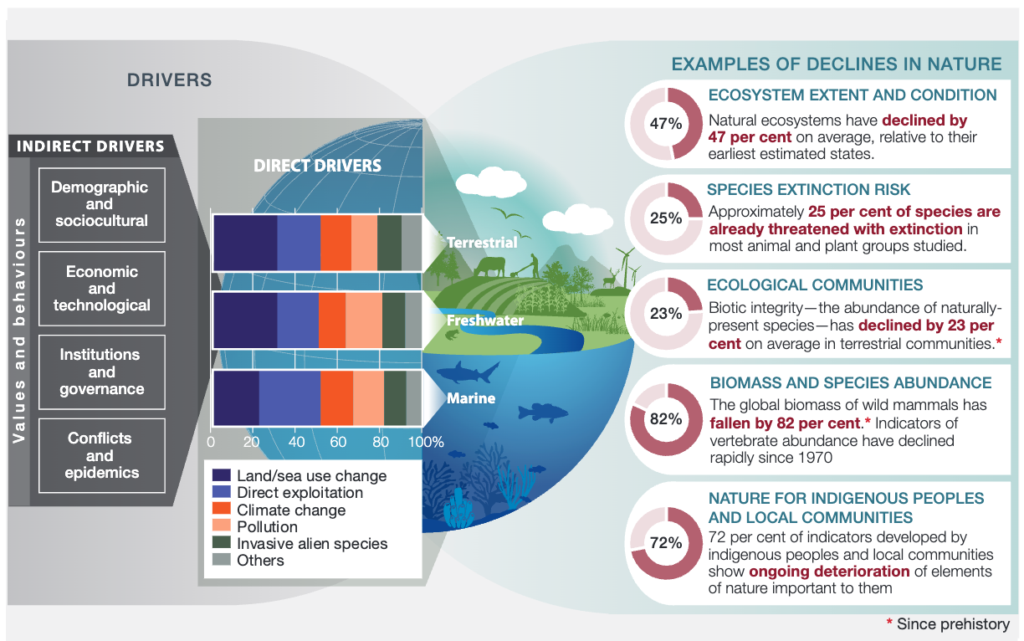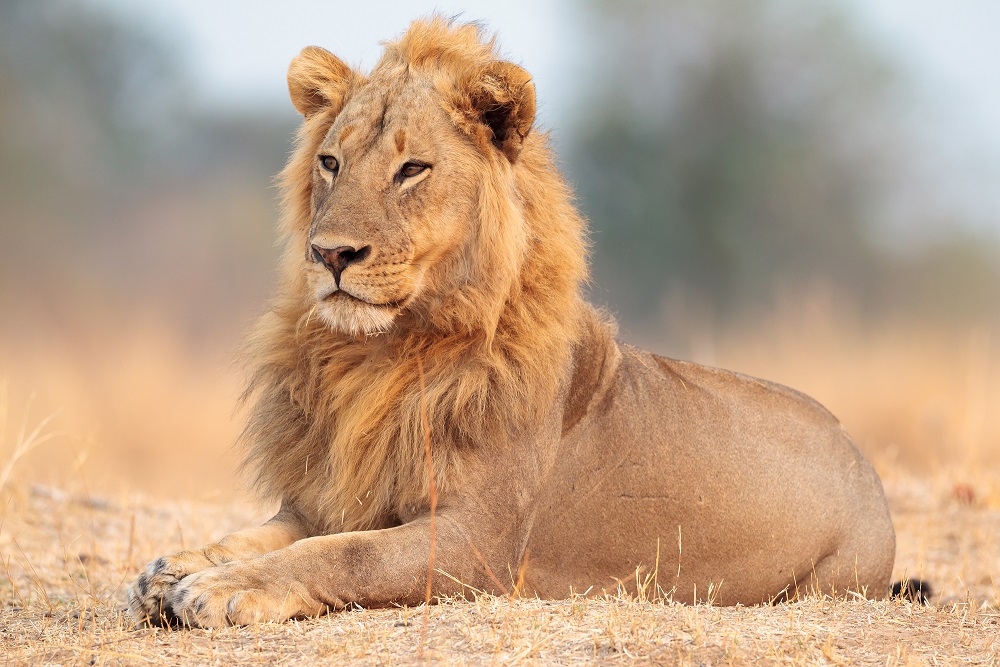Initially, carbon credits were intended to combat climate change, but as the market evolves, it is apparent that carbon credit projects can play a significant role in safeguarding biodiversity.
An industry move that has led to the introduction of biodiversity credits in its own right.
As this emerging market develops, here’s what you need to know…

Many carbon credit projects are directly linked to conservation efforts by design. BCP’s mission is to incentivize forest protection through carbon revenue, a scheme that safeguards biodiversity in community forests and surrounding areas. Beyond that, many carbon projects under the Climate Community and Biodiversity Standards (CCB) take extra measures to enhance conservation efforts. BCP supports roughly 100 Community Scouts and helps Community Forest Management Groups employ Community Scouts to protect REDD+ areas from encroachment. This protects wildlife from poaching and ensures the health of the forests remains intact.
 And we all know that a healthy ecosystem = flourishing biodiversity.
And we all know that a healthy ecosystem = flourishing biodiversity.
The World Wildlife Fund’s (WWF) 2024 Living Planet Report found that the average size of monitored wildlife populations declined by 73% between 1970 and 2020.
Biodiversity conservation remains severely underfunded, with recent research from the World Research Institute revealing an upwards of a $700 billion gap between current annual funding and what’s needed by 2030 to maintain ecosystem integrity. To address this shortfall, 196 countries adopted the Kunming-Montreal Global Biodiversity Framework (GBF) in 2022, committing to halt and reverse biodiversity loss by 2030. They agreed to redirect $500 billion of harmful subsidies toward biodiversity and mobilize an additional $200 billion per year for conservation and restoration.
Approximately 17% of the world’s land area is under some form of protection, and indigenous people and local communities (IPLCs) manage about 80% of the world’s biodiversity. In light of the global biodiversity crisis, the GBF set the target to protect and conserve at least 30% of the world’s terrestrial and inland water areas by 2030, with an emphasis on equitable and inclusive governance and support to the conservation efforts of IPLCs.
To bridge this gap, significant investments in nature-based solutions are needed from both the public and private sectors.
Governments have been the primary contributors so far, subsidizing 83% of global nature finance to date. However, constrained public budgets and differing national priorities mean that public funds are insufficient to bridge the significant gap.
Without greater investment and effective governance, biodiversity will continue to decline. Protecting biodiversity is not only crucial for ecological health but also for sustaining economic and financial well-being globally. Natural places hold cultural significance for IPLCs, offering medicinal plants and traditional foods.
Successful REDD+ projects involve local communities as partners in their design and implementation. IPLCs and local stakeholders ensure conservation efforts align with traditional knowledge and practices, leading to more effective outcomes for biodiversity and community livelihoods.
Declines in wildlife populations often act as an early warning indicator of increasing extinction risk and the potential loss of healthy ecosystems. When ecosystems are damaged, they can become more vulnerable to tipping points – being pushed beyond a critical threshold resulting in substantial and potentially irreversible change. By promoting practices that increase forest cover and restore ecosystems, carbon credits contribute to the resilience of these systems against climate change impacts. REDD+ projects encourage sustainable land management practices that benefit both climate and biodiversity, such as climate-smart agriculture training and sustainable honey production. Both of these promote behavior changes that encourage far less land use alteration and deforestation to create sustainable income for communities.

Biodiversity credits (and credit markets) are one mechanism for developers to channel financial flows to support the transition to a Nature-positive future. Biodiversity credits can be used for making evidence-based contributions to Nature goals, for local compensation of biodiversity impacts (under strict criteria), and for insetting proactive investment within buyers’ supply chains.
By purchasing carbon credits, companies contribute financially to conservation initiatives, which may include protecting endangered species and restoring degraded ecosystems. By establishing standards that account for biodiversity alongside carbon sequestration, project developers can create co-benefits that enhance both climate mitigation and ecological health.
In 2023, Verra sought projects to pilot the still-under-development Sustainable Development Verified Impact Standard (SD VISta) Nature Framework to generate biodiversity credits that would contribute to closing the financial gap.
Out of 179 applications received, Verra selected a cohort of 31 pilot projects representing a diversity of biomes, ecoregions, land uses, and activity types, with the goal of testing and refining the applicability and integrity of Verra’s biodiversity methodology.
BCP’s Lower Zambezi REDD+ Project was one of the pilot projects!
This new methodology enables the independent assessment and verification of the real-world biodiversity benefits and certification of nature-positive investments. Project developers can now use the methodology to quantify the biodiversity benefits of their conservation and restoration activities.
Once a project has been verified using SD VISta’s world-leading systems, companies can purchase the resulting biodiversity credits to invest in biodiversity and progress their nature-positive commitments.
We are working towards the first issuance of BCP’s Biodiversity Credits at the end of 2025 …. and we can’t wait!
Healthy ecosystems are better able to withstand disturbances such as droughts or floods, which is crucial for maintaining biodiversity. Different species perform various ecological roles or functions within an ecosystem. High biodiversity ensures a range of functional traits contributing to ecosystem processes like nutrient cycling, pollination, seed dispersal, and soil formation. This array of functions builds stable ecosystems, which are resilient to disturbances, including climate change. Biodiversity plays a crucial role in enhancing ecosystem resilience, ensuring that ecosystems can continue to provide essential services.
Related Articles
